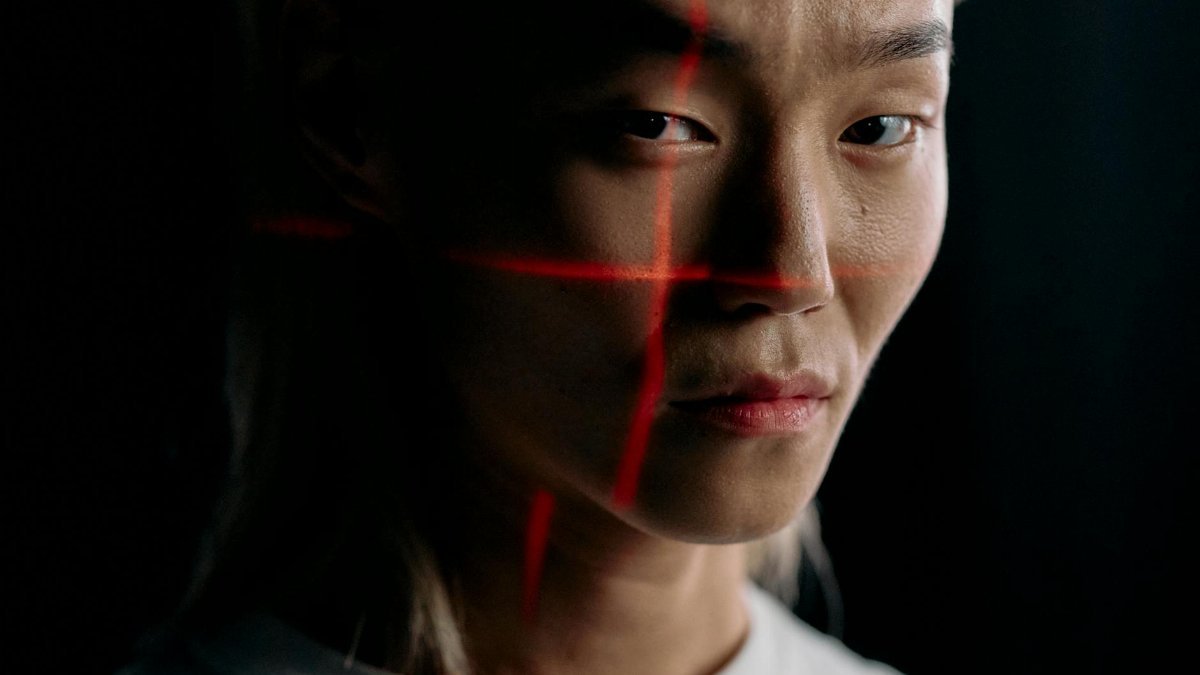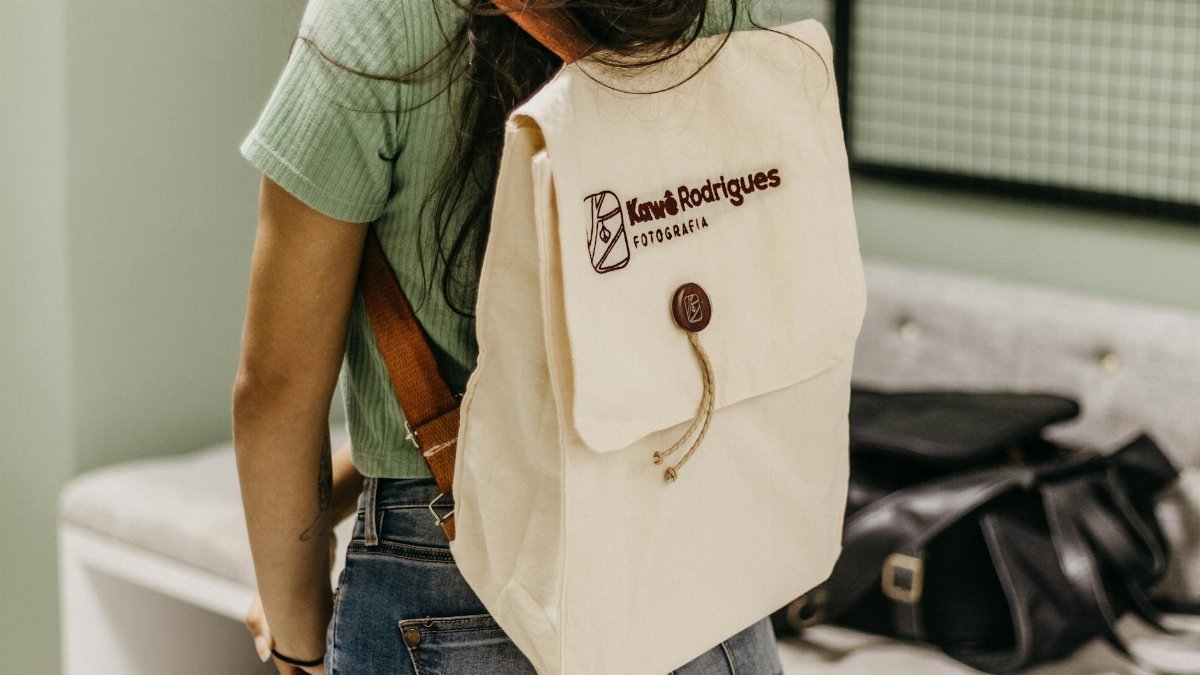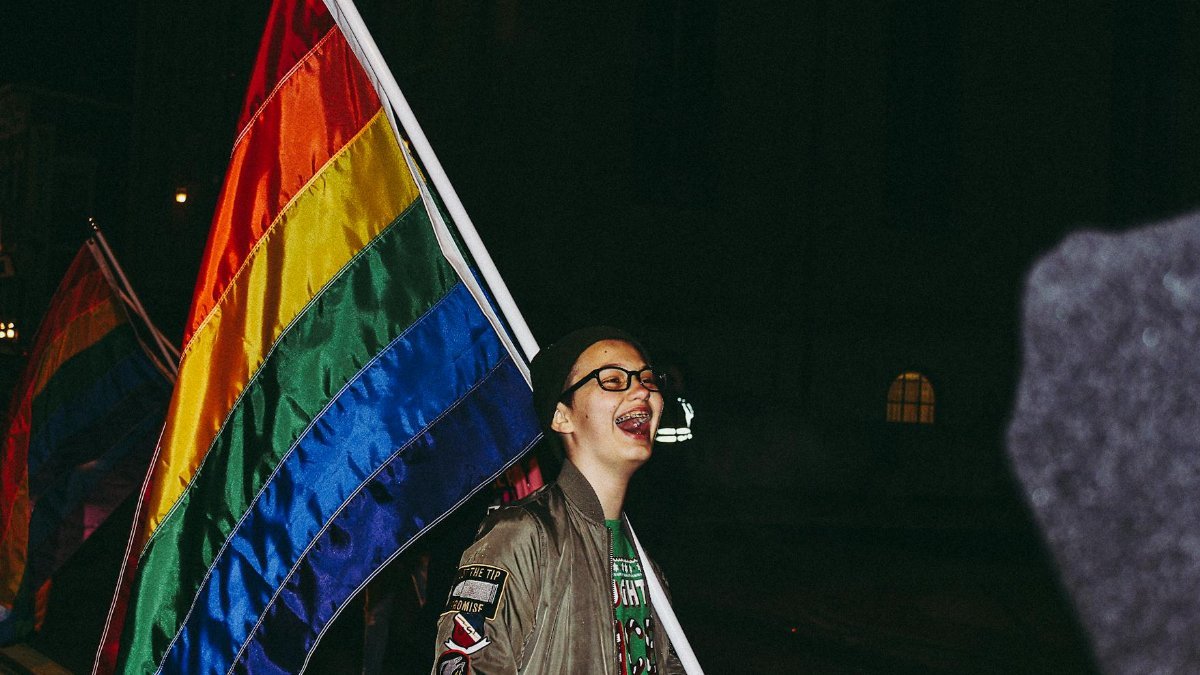Imagine a world where your breath could unlock your digital life. No more forgotten passwords or hacked accounts—just a simple exhale to prove it’s you. This isn’t science fiction; it’s the emerging reality of breath id passwords, a technology that blends biometric security with the rhythm of your own breathing. A recent study suggests that unique patterns in how we exhale could be as distinctive as fingerprints, offering a new frontier in personal authentication. As Americans grapple with rising cyber threats—over 2.6 billion personal records were exposed in 2024 alone, according to the Identity Theft Resource Center —this innovation feels both timely and oddly poetic. Could something as natural as breathing become our most secure key? The answer lies at the intersection of science, mindfulness, and a pressing need for better protection.
The Science Behind Breath as a Password

At its core, breath id passwords rely on analyzing the unique chemical and physical signatures in a person’s exhalation. Researchers have found that the mix of gases, moisture, and even the rhythm of breathing varies from one individual to another. Advanced spectrographic tools can map these patterns, creating a biometric profile that’s incredibly hard to replicate. A report from the National Institute of Standards and Technology highlights how such non-invasive biometrics are gaining traction for their accuracy and ease of use. Unlike fingerprints, which can be lifted from surfaces, or facial scans, which can be tricked by photos, your breath is a living signature. It’s a dynamic marker, tied to the moment, making it a promising tool for secure authentication.
Picture a small device on your laptop or phone—a sensor no bigger than a coin. You breathe into it for a few seconds, and the system cross-checks your exhalation against a stored profile. If it matches, you’re in. If not, access denied. The beauty lies in the simplicity, but the challenge is in the calibration. Early tests show that stress or illness can slightly alter breath patterns, raising questions about reliability. Still, the science is advancing fast, and the potential feels vast.
A Mindful Twist on Security

One unexpected angle of breath id passwords is their overlap with mindfulness practices. Breathing is already central to meditation and stress reduction, techniques embraced by millions of Americans—about 14% of adults practiced meditation in recent years, per the Centers for Disease Control and Prevention. Now, imagine a security system that doubles as a prompt to slow down and breathe deeply. Some developers are exploring ways to integrate calming feedback into the authentication process—soft chimes or visual cues encouraging a steady rhythm. It’s a small but meaningful nod to mental well-being in our tech-saturated lives.
This fusion isn’t just a gimmick. For many, the act of focusing on breath to unlock a device could serve as a micro-meditation, a forced pause in a hectic day. Yet there’s a flip side: what if the pressure to “breathe correctly” for access adds stress instead? It’s a delicate balance, one that tech designers are still navigating as they refine user experience.
Privacy Concerns in the Air

Whenever biometrics are involved, privacy looms large. Breath id passwords might seem less invasive than DNA or retina scans, but they still involve collecting deeply personal data. Who stores these breath profiles? How are they protected? A breach of biometric data isn’t like a leaked password—you can’t reset your breath. The Pew Research Center notes that 81% of Americans feel they have little control over data collected by companies. That unease could slow adoption, even if the tech proves secure.
Then there’s the question of consent and access. Could employers or governments mandate breath scans for entry to workplaces or public services? A scenario once confined to dystopian novels feels closer when you consider how quickly other biometrics, like facial recognition, have spread. Advocates argue that robust encryption and strict regulations can address these fears, but skepticism remains. For every technological leap, there’s a shadow of doubt about who truly benefits.
Practical Barriers to Everyday Use

Let’s get real for a moment. While the concept of breath id passwords dazzles, the logistics are messy. Not everyone breathes the same way all the time—think of a cold clogging your nose or a sprint to catch a bus leaving you winded. Early prototypes require controlled conditions for accurate readings, which doesn’t mesh with the chaos of daily life. Cost is another hurdle. High-precision sensors aren’t cheap, and integrating them into mass-market devices could take years of R&D.
One anonymous account shared online captured a common frustration: feeling flustered when a breath scan failed during a rushed morning, locking them out of their own phone. It’s a small anecdote, but it hints at a broader truth—technology must adapt to human variability, not the other way around. Until these kinks are ironed out, widespread use might remain a distant goal, even if the idea captivates.
Cultural Shifts and Acceptance

Americans are no strangers to adapting to new security measures—think of the post-9/11 airport scans or the rise of two-factor authentication. Yet breath id passwords carry a unique cultural weight. Breathing is intimate, almost sacred in some contexts, tied to life itself. Asking people to commodify it for security could stir unease, especially among those who already distrust Big Tech. On the other hand, younger generations, raised on biometrics like Face ID, might shrug and exhale without a second thought.
Regional differences could play a role too. In tech hubs like San Francisco, early adopters might embrace the innovation, while rural communities, often slower to adopt cutting-edge tools, might hesitate. This divide mirrors broader trends in tech acceptance, where access and familiarity shape attitudes. Bridging that gap will require education and tangible proof that this system works better than the passwords we’ve grumbled about for decades.
The Road Ahead for Breath-Based Authentication

Looking to 2025 and beyond, breath id passwords could carve a niche in specific sectors before going mainstream. Think healthcare, where verifying a patient’s identity for sensitive records is critical, or high-security environments like government facilities. Pilot programs are already underway in some labs, testing how this tech holds up under real-world strain. Success in these controlled settings could build the trust needed for broader rollout.
Yet the journey won’t be smooth. Balancing accuracy, affordability, and ethics is a tall order. There’s also the human element—will people feel comfortable breathing into a device daily, or will it feel like one more intrusion? A colleague once described their first encounter with a breath sensor as “like blowing out birthday candles, but with higher stakes.” That mix of whimsy and weight captures the strange promise of this technology. It’s a reminder that even our most basic acts, like breathing, can be reimagined in a digital age.
